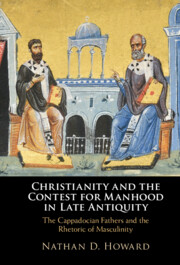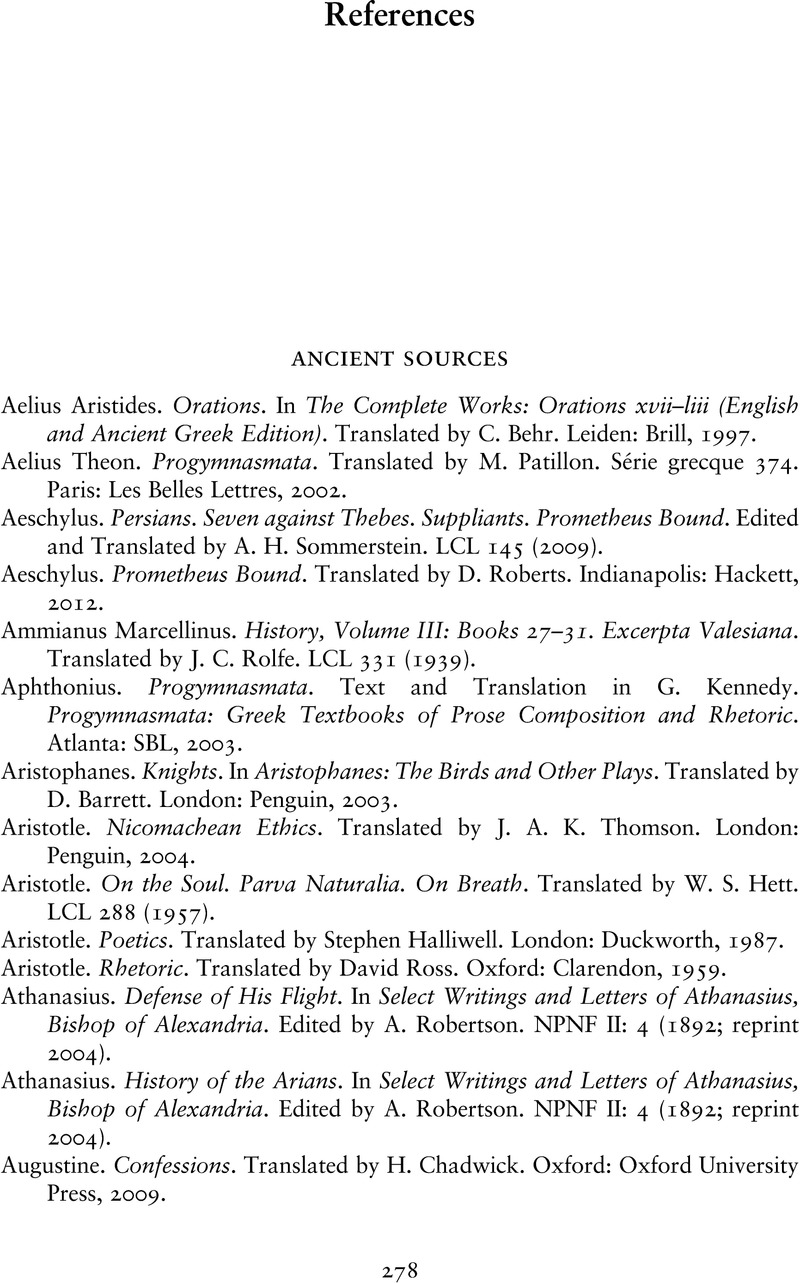 Christianity and the Contest for Manhood in Late Antiquity
Christianity and the Contest for Manhood in Late Antiquity Book contents
- Christianity and the Contest for Manhood in Late Antiquity
- Christianity and the Contest for Manhood in Late Antiquity
- Copyright page
- Dedication
- Contents
- Acknowledgments
- A Note on Translations
- Abbreviations
- The Cappadocian Fathers and their Families
- Introduction
- 1 “The Sweat of Eloquence”
- 2 The Agōn of Friendship
- 3 Hagiography and Masculinity
- 4 Agōn and Theological Authority
- Epilogue
- References
- Index
- References
References
Published online by Cambridge University Press: 10 November 2022
- Christianity and the Contest for Manhood in Late Antiquity
- Christianity and the Contest for Manhood in Late Antiquity
- Copyright page
- Dedication
- Contents
- Acknowledgments
- A Note on Translations
- Abbreviations
- The Cappadocian Fathers and their Families
- Introduction
- 1 “The Sweat of Eloquence”
- 2 The Agōn of Friendship
- 3 Hagiography and Masculinity
- 4 Agōn and Theological Authority
- Epilogue
- References
- Index
- References
Summary

- Type
- Chapter
- Information
- Christianity and the Contest for Manhood in Late AntiquityThe Cappadocian Fathers and the Rhetoric of Masculinity, pp. 278 - 315Publisher: Cambridge University PressPrint publication year: 2022


